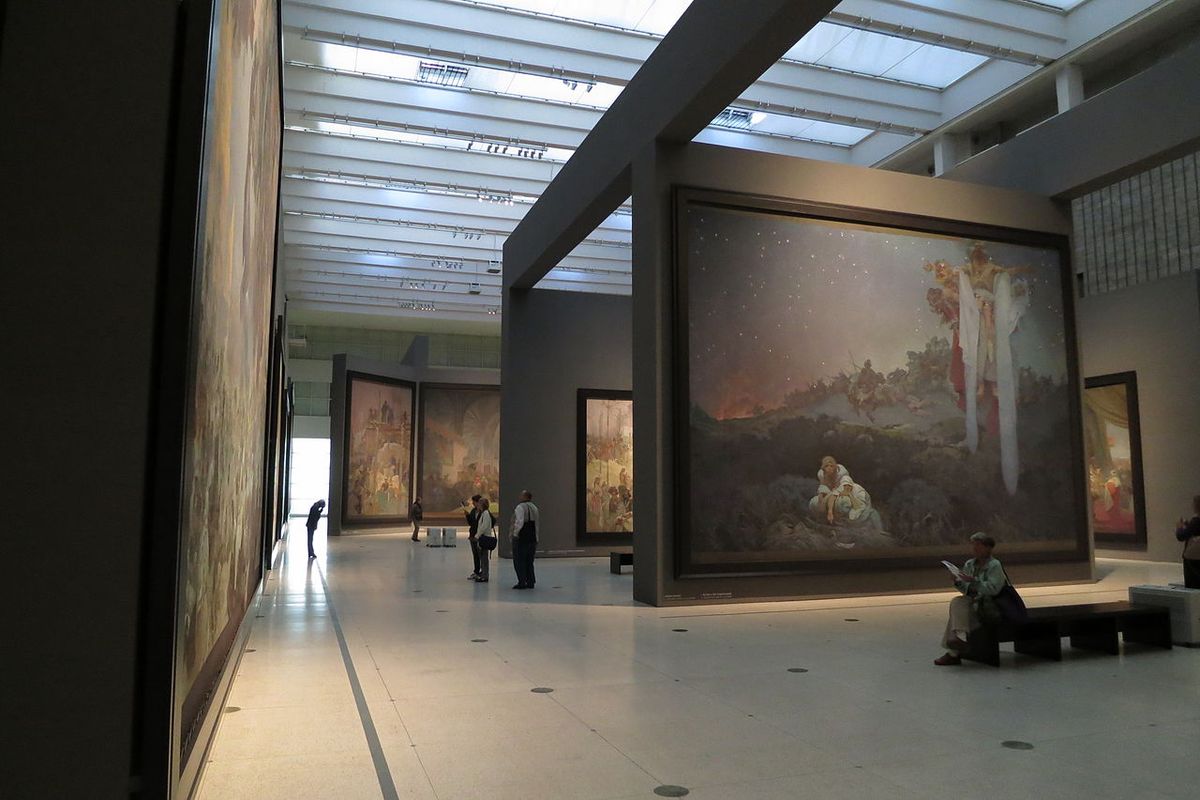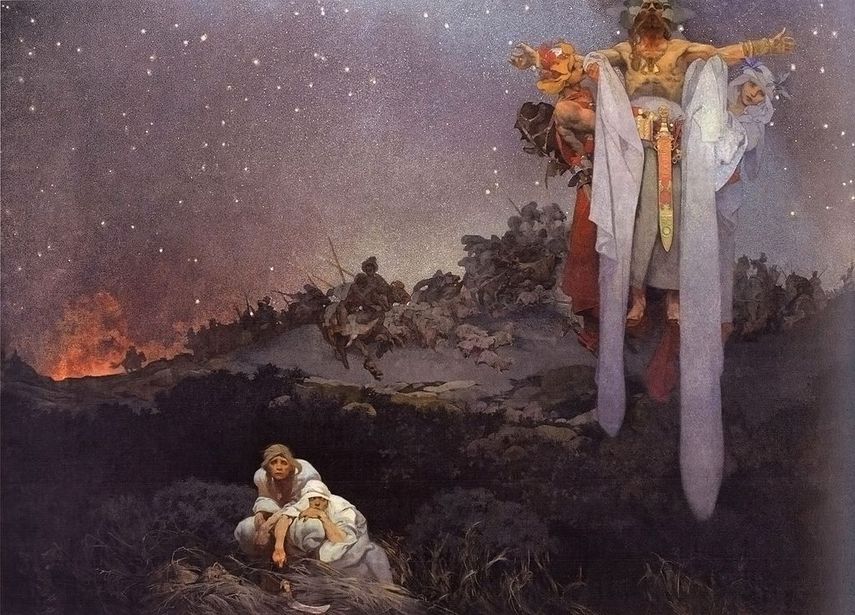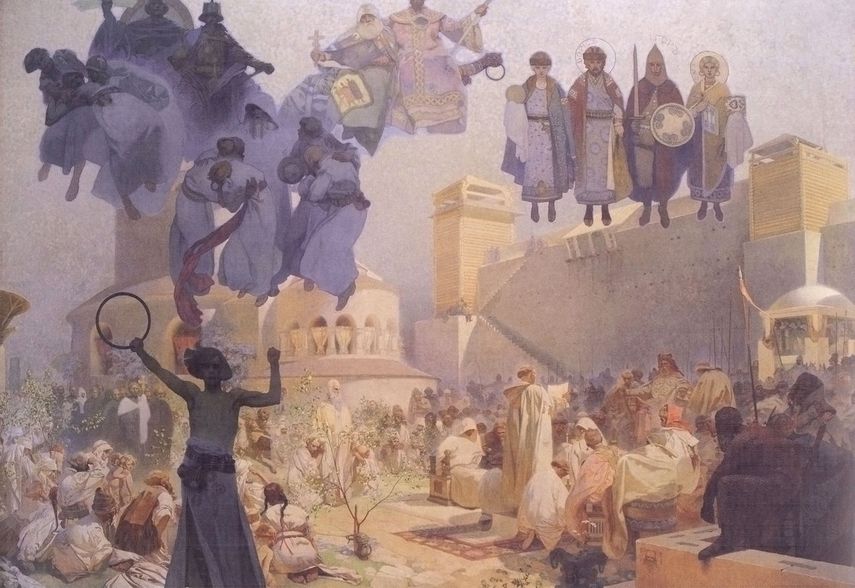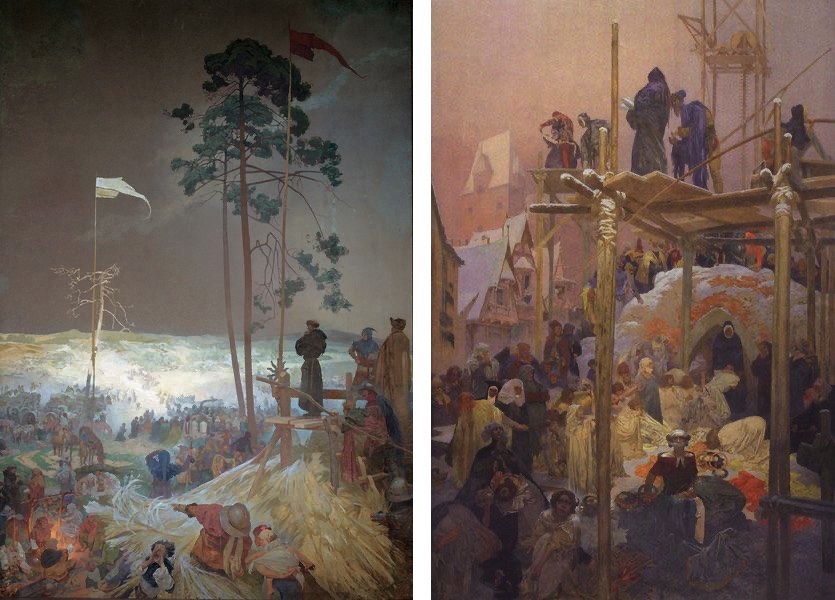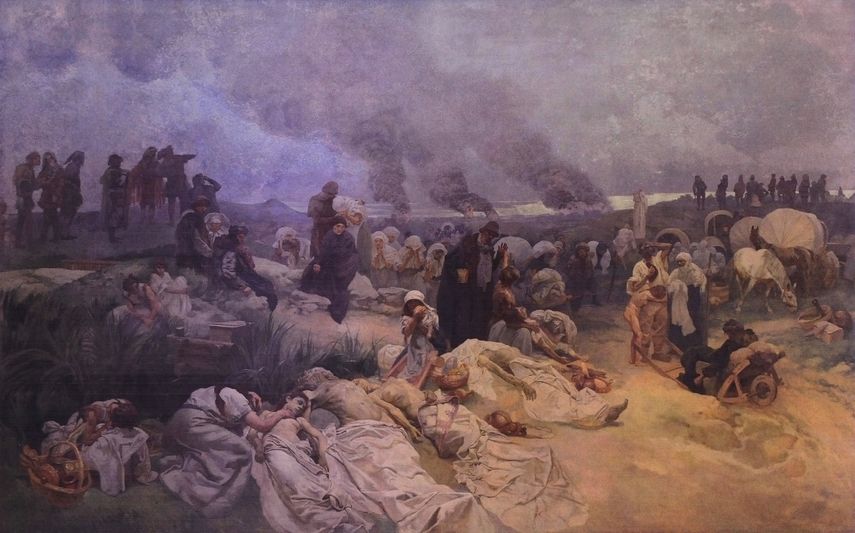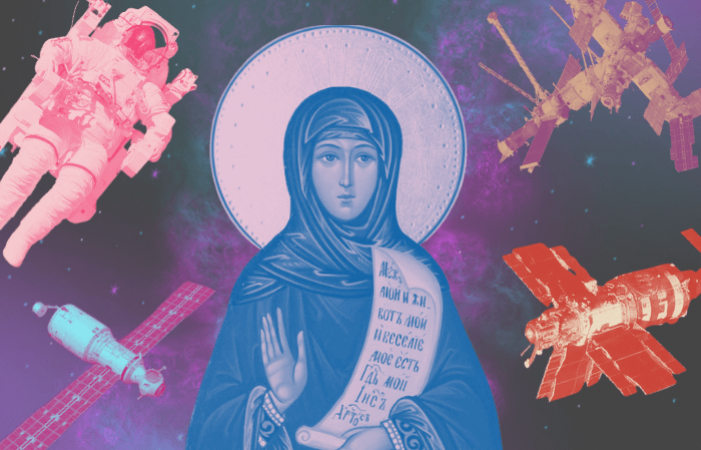Study confirms racial differences in response to prostate cancer treatment
Enrolling a large number of Black men, Duke researchers found potential new paths for improved studies and treatments
DURHAM, N.C. - A study designed to enroll an equal number of Black and white men with advanced prostate cancer confirms key findings that have been evident in retrospective analyses and suggest potential new avenues for treating Black patients who disproportionately die of the disease.
Researchers at Duke Cancer Institute enrolled 50 Black and 50 white men with advanced prostate cancer to test whether there were outcome differences on treatment with the hormone therapy abiraterone acetate plus the steroid prednisone. In retrospective data reviews, the Duke researchers had previously found racial differences in PSA responses among advanced prostate cancer patients.
Publishing online in the journal Cancer, the researchers confirmed trends indicating that Black men's PSA levels dropped further and more frequently than those of white men undergoing the therapy. These PSA changes, however, did not result in differences in disease progression or overall survival times.
But the survival finding has an important subtlety, said lead author Daniel George, M.D., professor in the departments of Medicine and Surgery at Duke University School of Medicine. George noted that most drug studies among prostate cancer patients include a small fraction of Black men that is far lower than their numbers in the larger population.
Exclusions typically result because Black men with prostate cancer are more likely to have other illnesses such as diabetes and high blood pressure, which study leaders often fear could put them at higher risk for complications. Additionally, there are deep historic and cultural reasons that Black men tend to decline participation in clinical studies.
For their study, however, the Duke team -- including senior author Andrew Armstrong, M.D., professor in the departments of Medicine and Surgery -- found that Black men were eager to join the clinical trial.
They were able to enroll a much larger proportion of Black men than what most studies include, in part because the study was addressing a question pertaining to race. And they did not exclude men with co-existing conditions, asserting that since the treatment is FDA approved for this population, they should be inclusive of the patients they see in practice.
"When you look at the overall survival data for our study, they're equal between Black and white men," George said. "But given the prevalence of coexisting conditions in the Black men we enrolled, mortality should have actually been higher for them.
"Our finding that it was not higher is telling -- it suggests Black men with prostate cancer can fare just as well as whites, even with other health issues," George said. "And it signals that future studies should consider enrolling Black men despite these often-disqualifying conditions."
George said the researchers also identified a possible marker of ancestry-dependent treatment outcomes that could help explain why Black men respond more readily to hormone therapy, potentially pointing to new ways to address advanced prostate cancer in Black men.
"We need to understand how genetic ancestry might affect treatment outcomes -- especially disease responsiveness in prostate cancer -- because we are now using and studying these therapies earlier in the disease where we have the opportunity to cure patients," George said.
"If there is a subgroup of patients with an ancestry-based predisposition for potential better response, we need to understand that. But to do so, we will need greater genetic diversity in our future study populations, especially among those with African ancestry. We aren't going to fully understand this genetic complexity by solely enrolling men with European ancestry."
###
In addition to George, study authors include Susan Halabi, Elisabeth Heath, A. Oliver Sartor, Guru Sonpavde, Devika Das, Rhonda L. Bitting, William Berry, Patrick Healy, Monika Anand, Carol Winters, Colleen Riggan, Julie Kephart, Rhonda Wilder, Kellie Shobe, Julia Rasmussen, Matthew Milowsky, Mark Fleming, James Bearden, Michael Goodman, Tian Zhang, Michael R. Harrison, Megan McNamara, Dadong Zhang, Bonnie L. LaCroix, Rick A. Kittles, Brendon M. Patierno, Alexander B. Sibley, Steven R. Patierno, Kouros Owzar, Terry Hyslop, Jennifer A. Freedman, Andrew J. Armstrong.
The study received funding support from Janssen Scientific Affairs, which markets abiraterone acetate; the Department of Defense (W81XWH-09-1-0152, W81XWH-14-2-0198); the National Institutes of Health/National Cancer Institute (1P20-CA202925-01A1); and a Prostate Cancer Foundation Movember Challenge Award.
Armstrong reports a paid consultancy with Janssen among other disclosures itemized in the study; George receives study support from the company via Duke.

